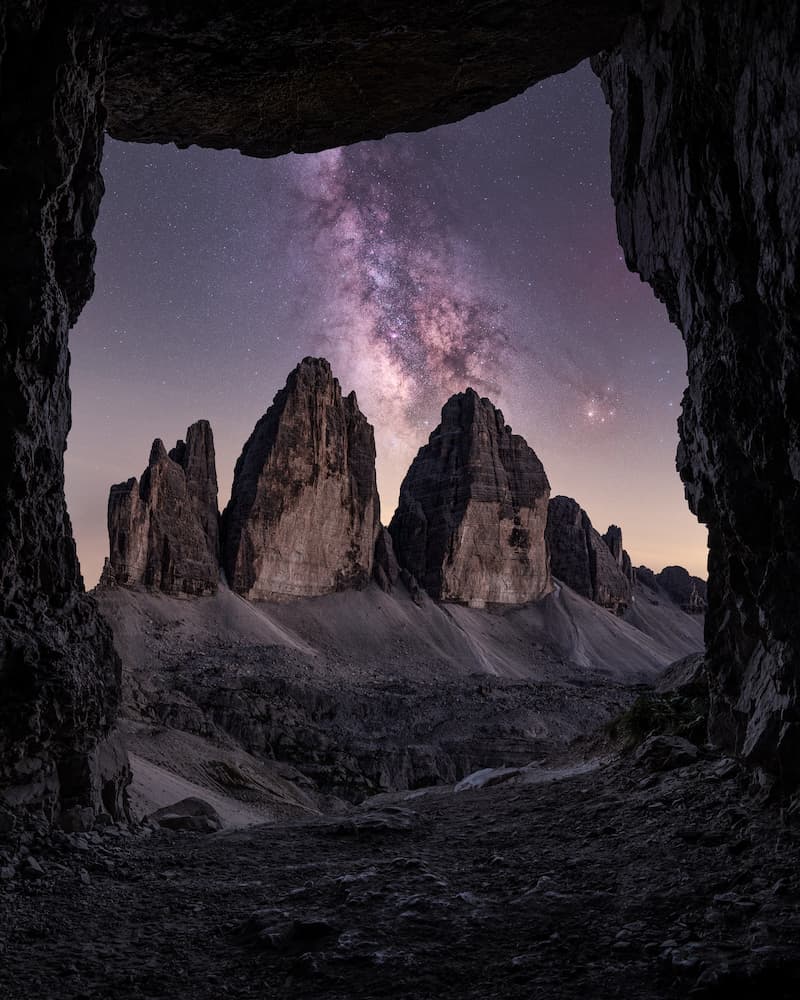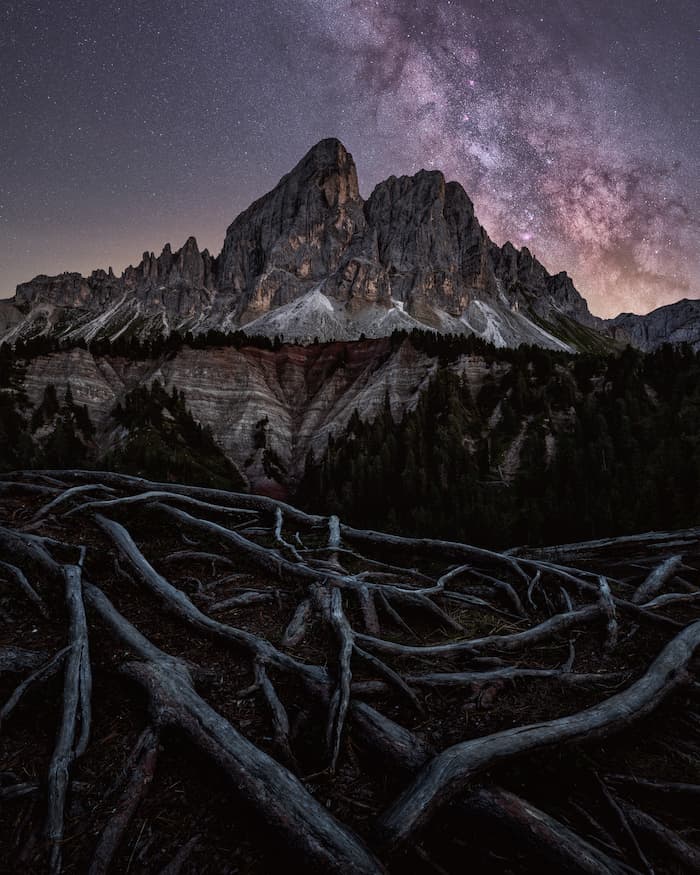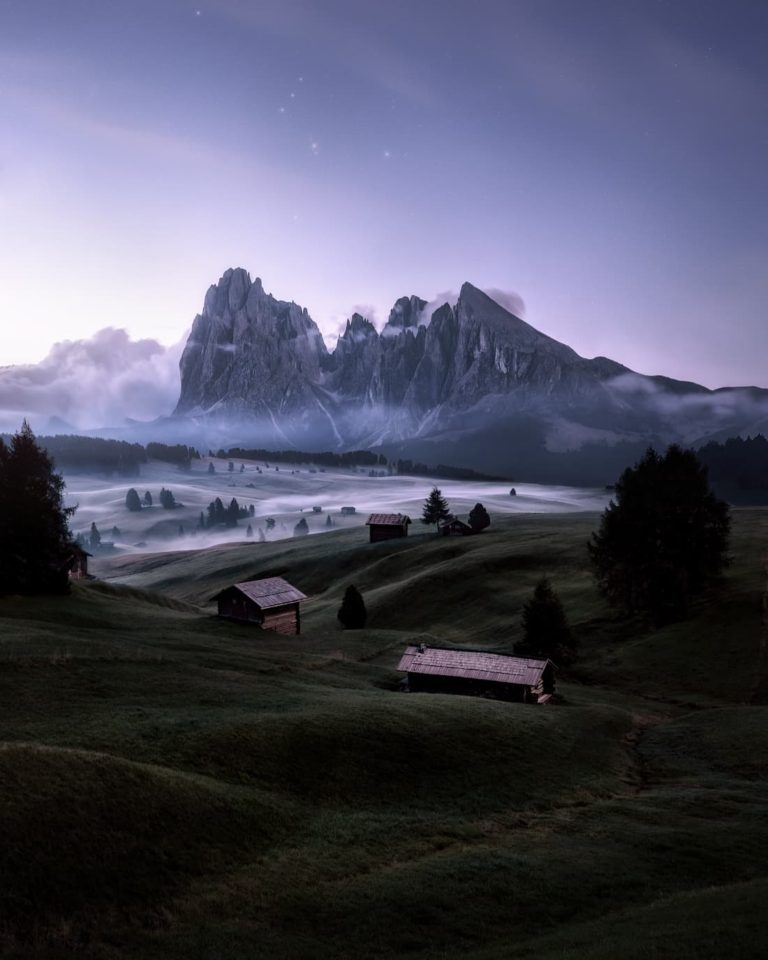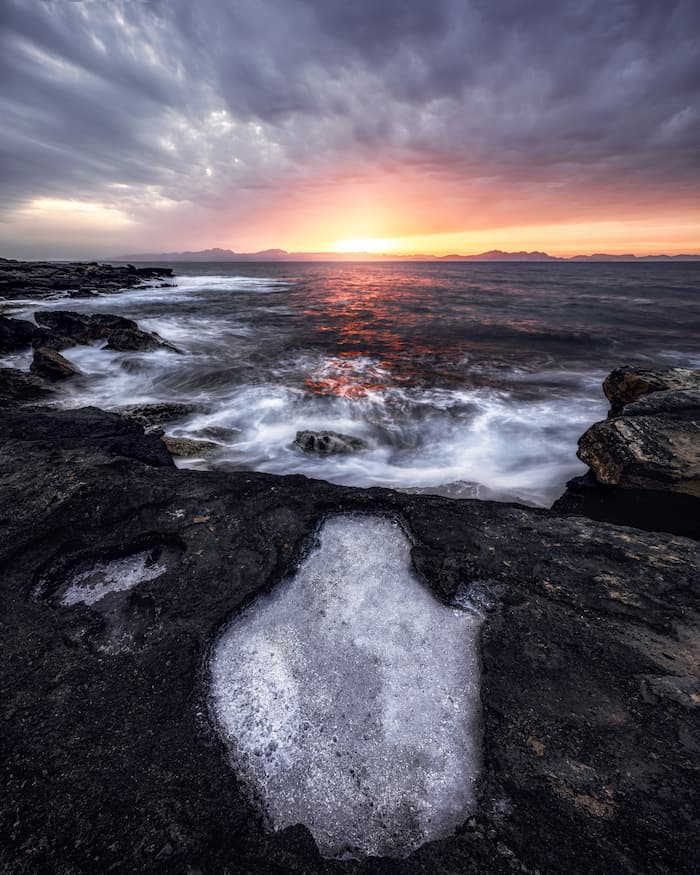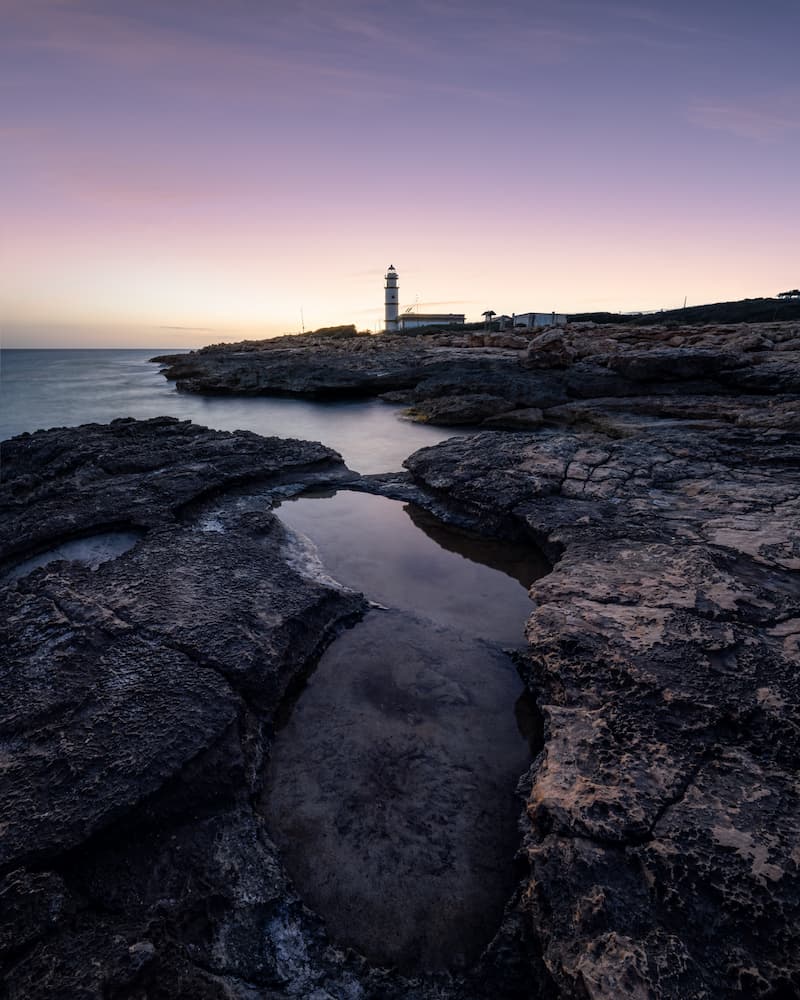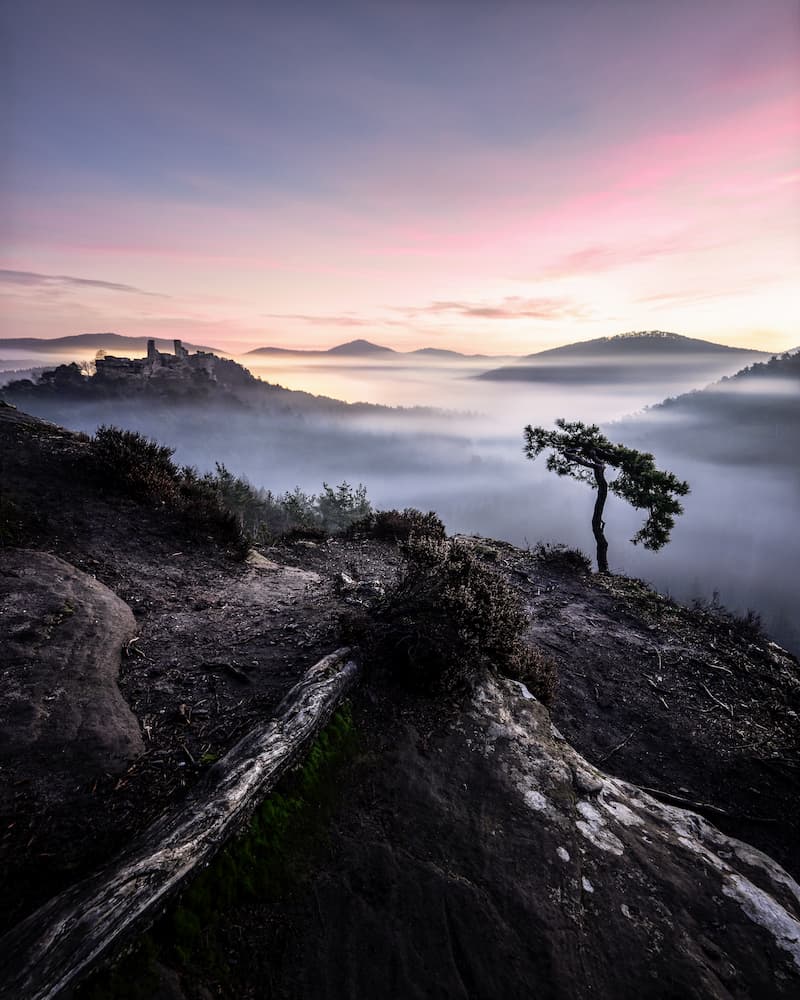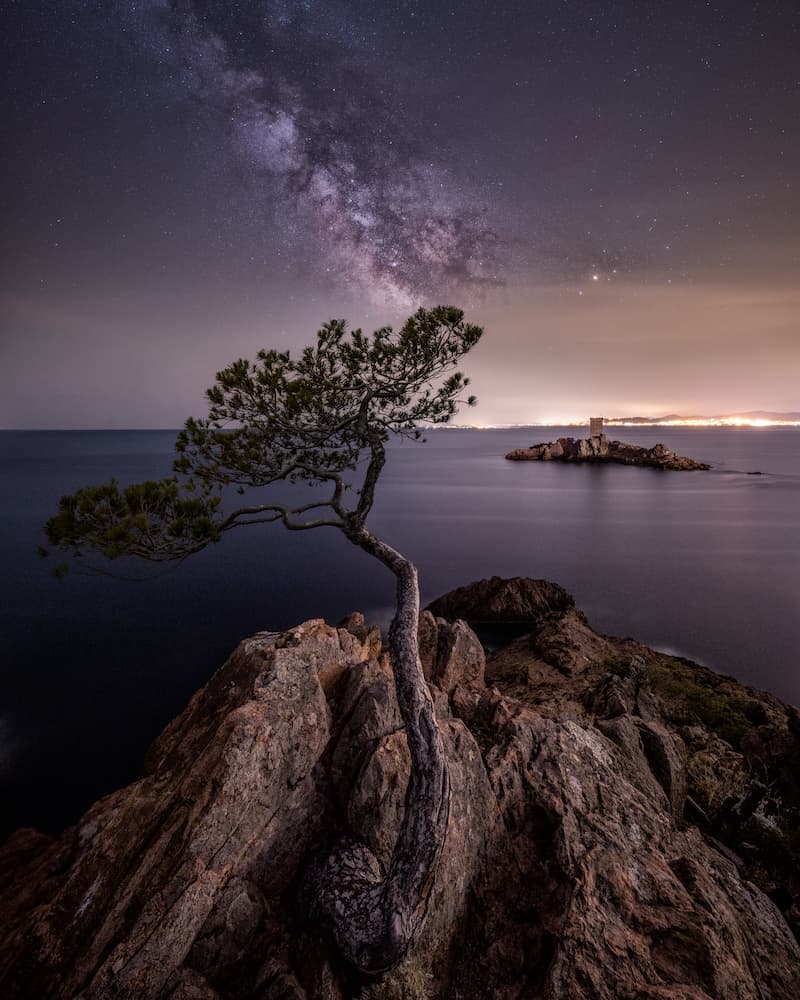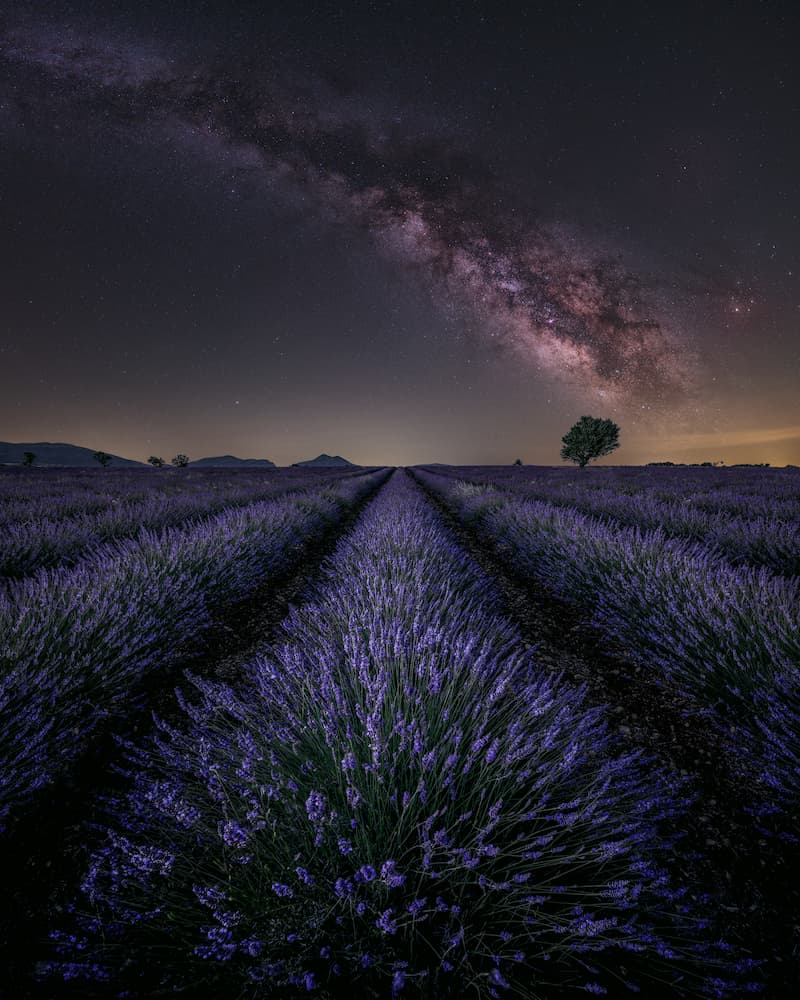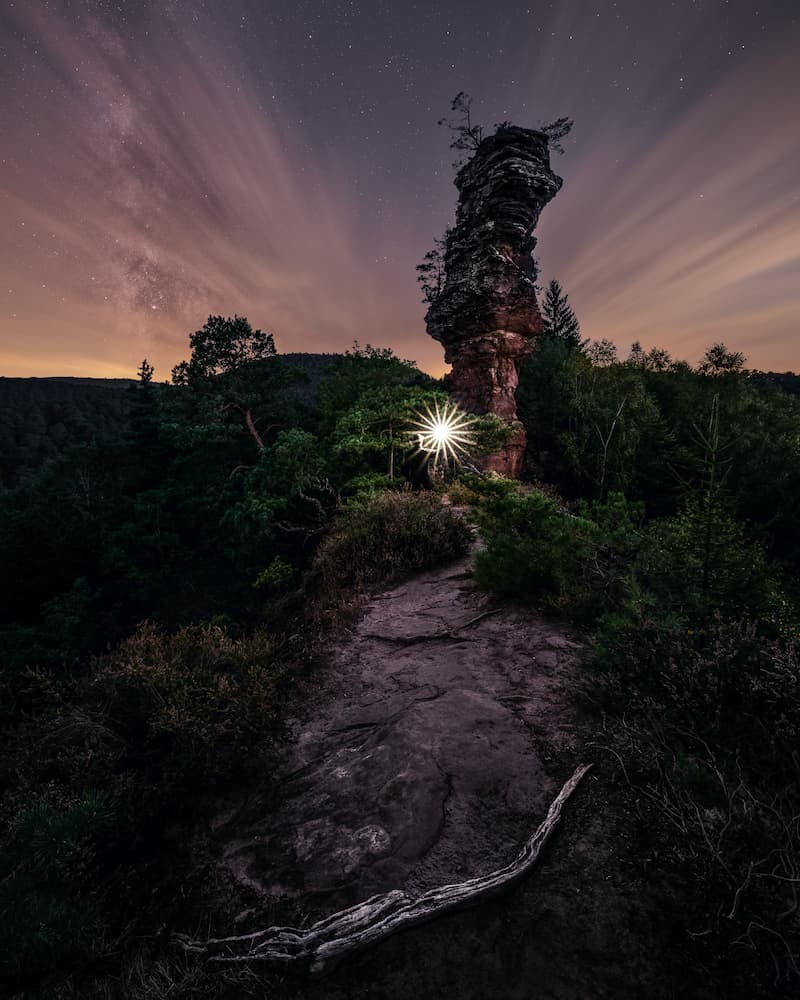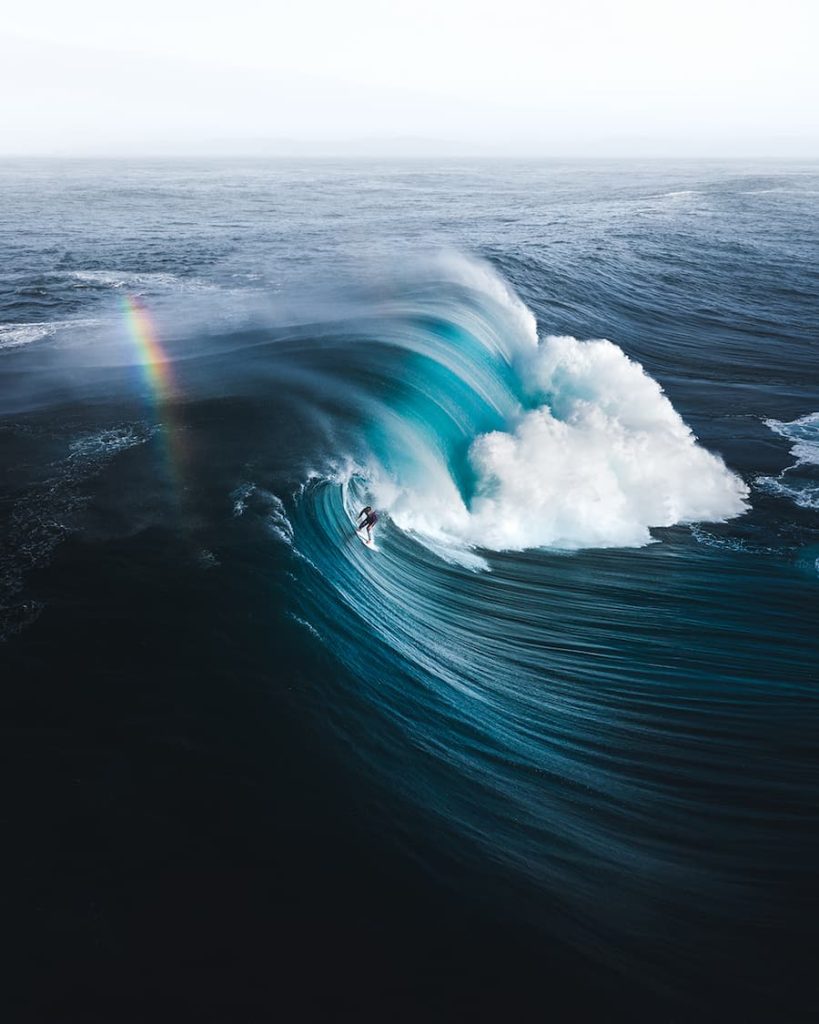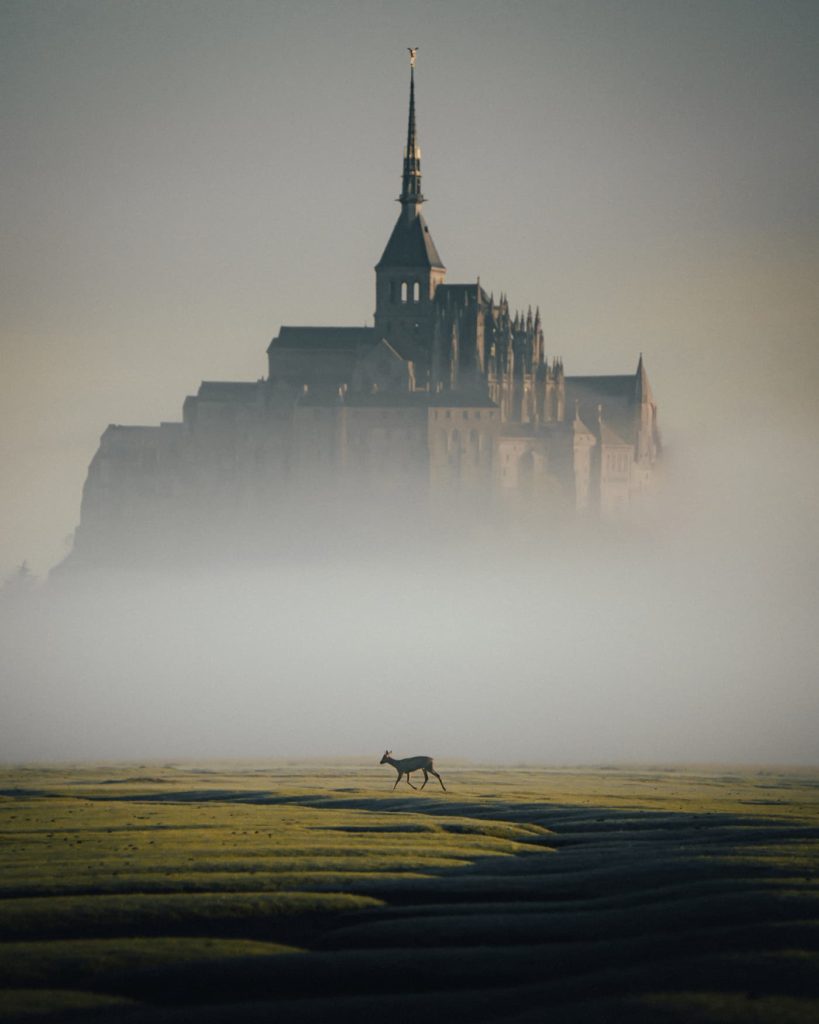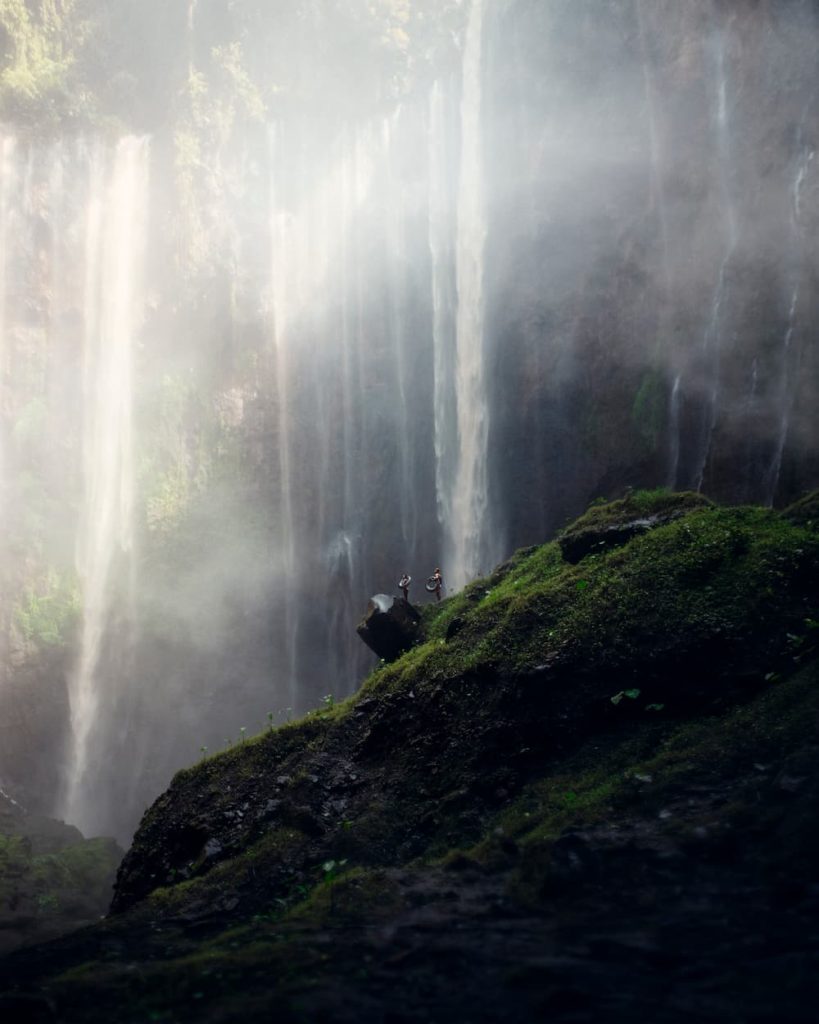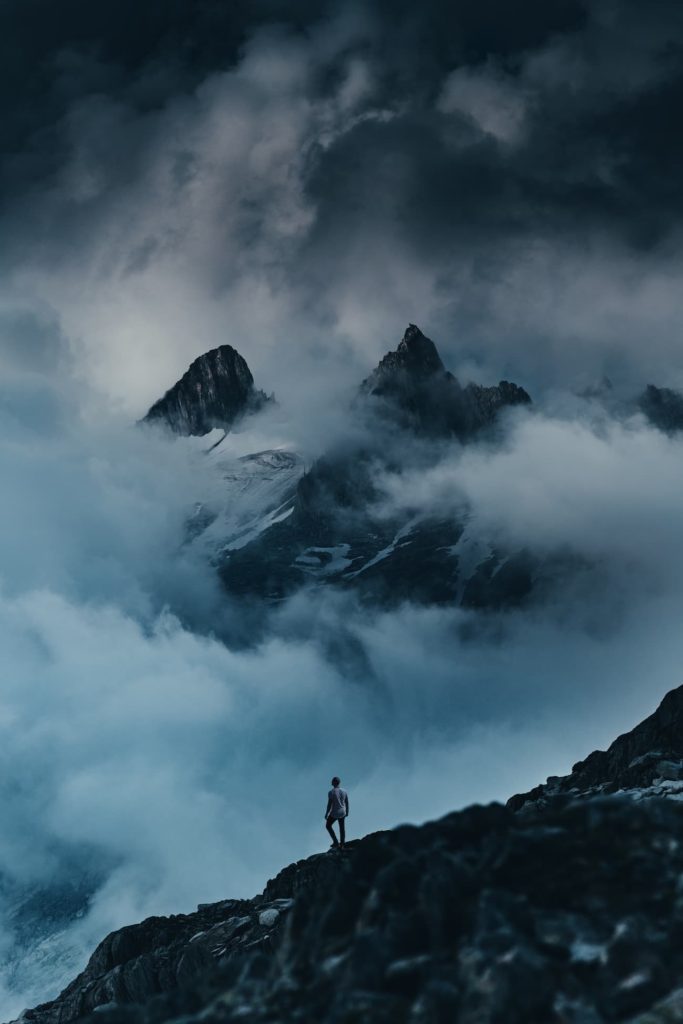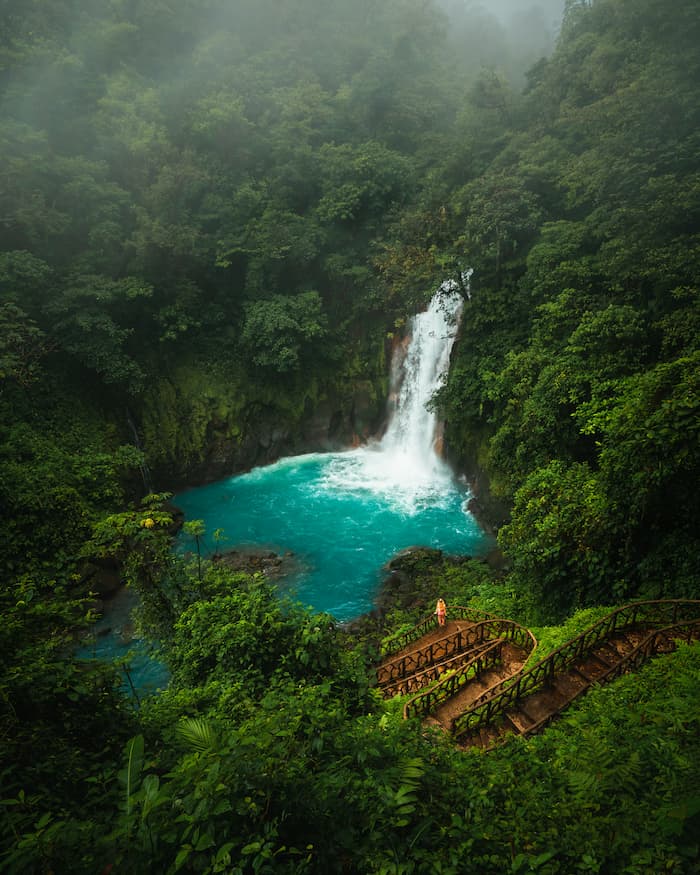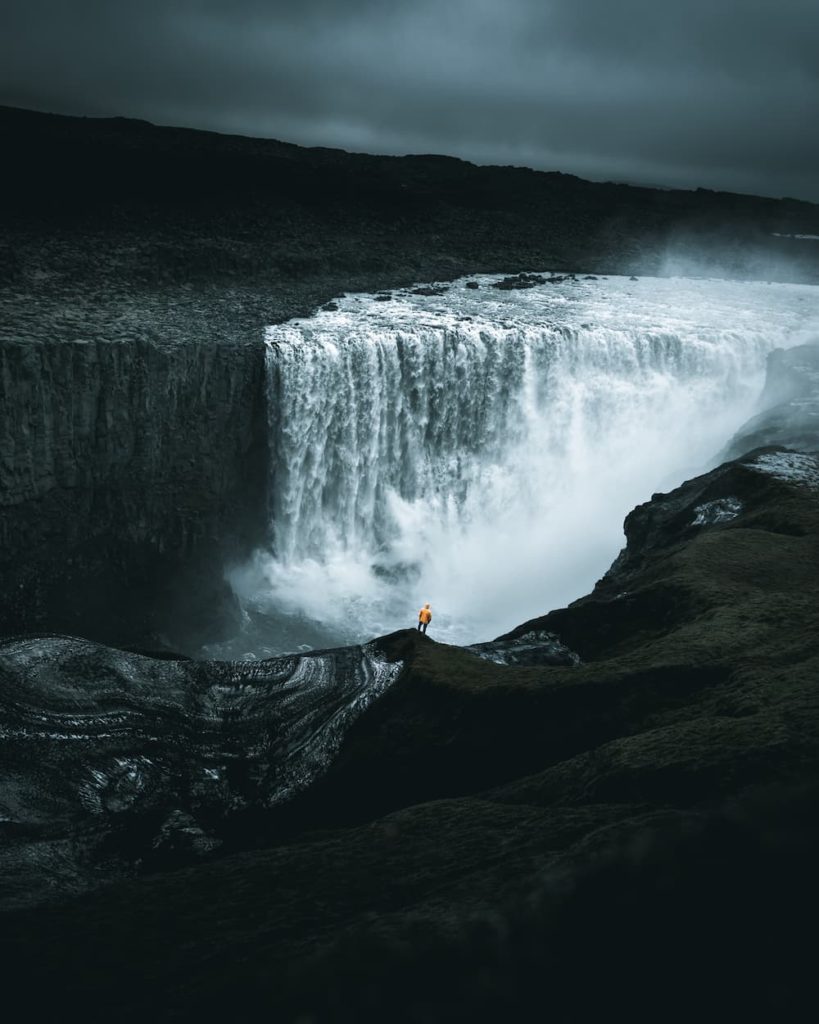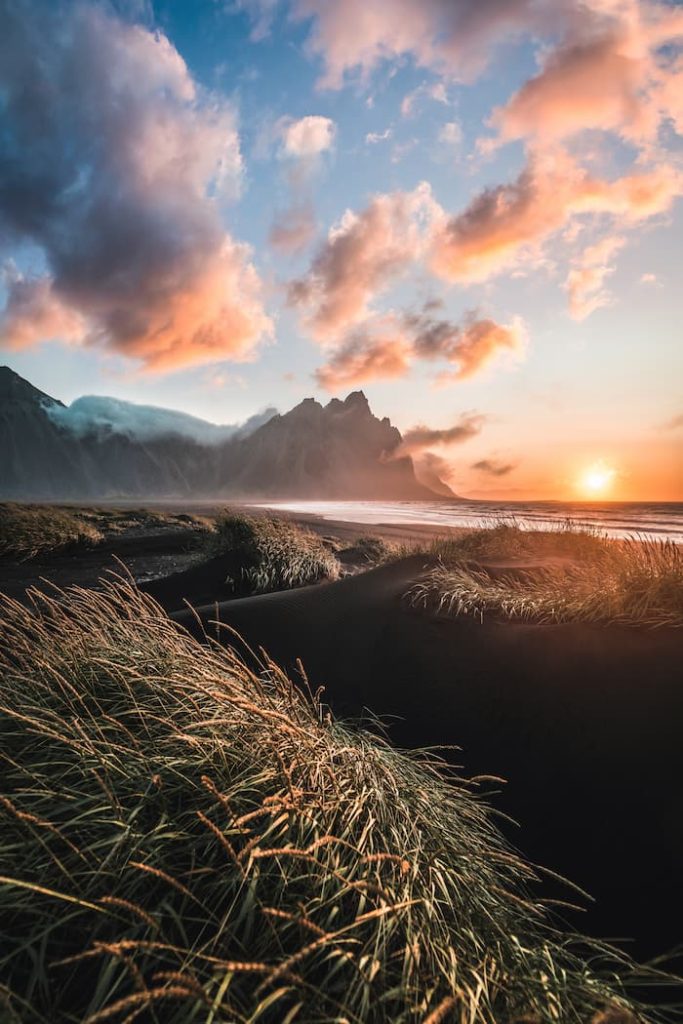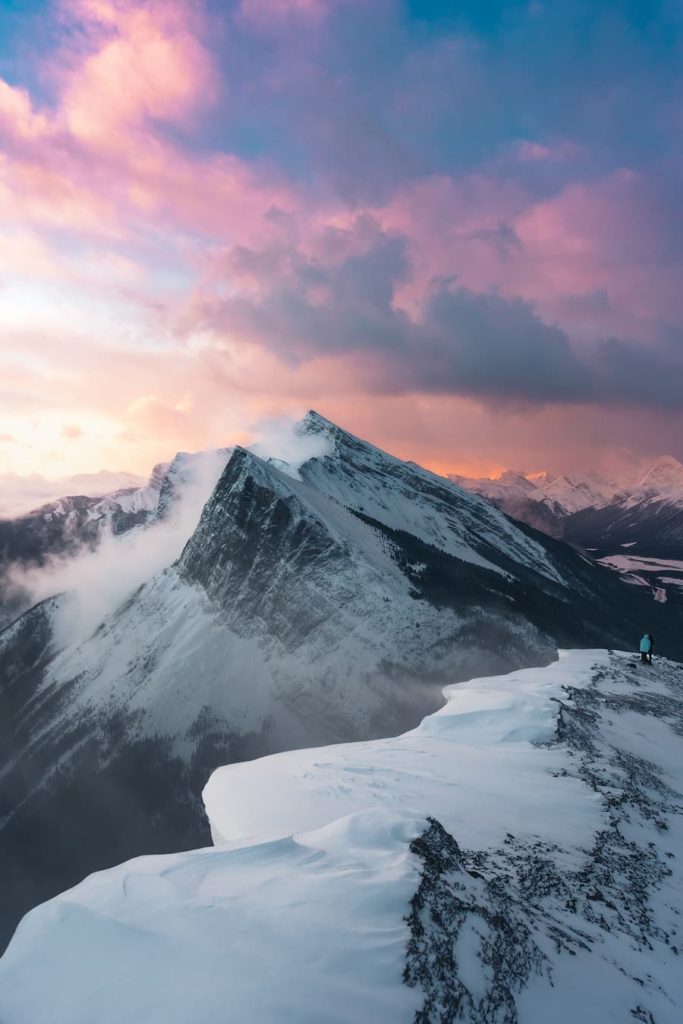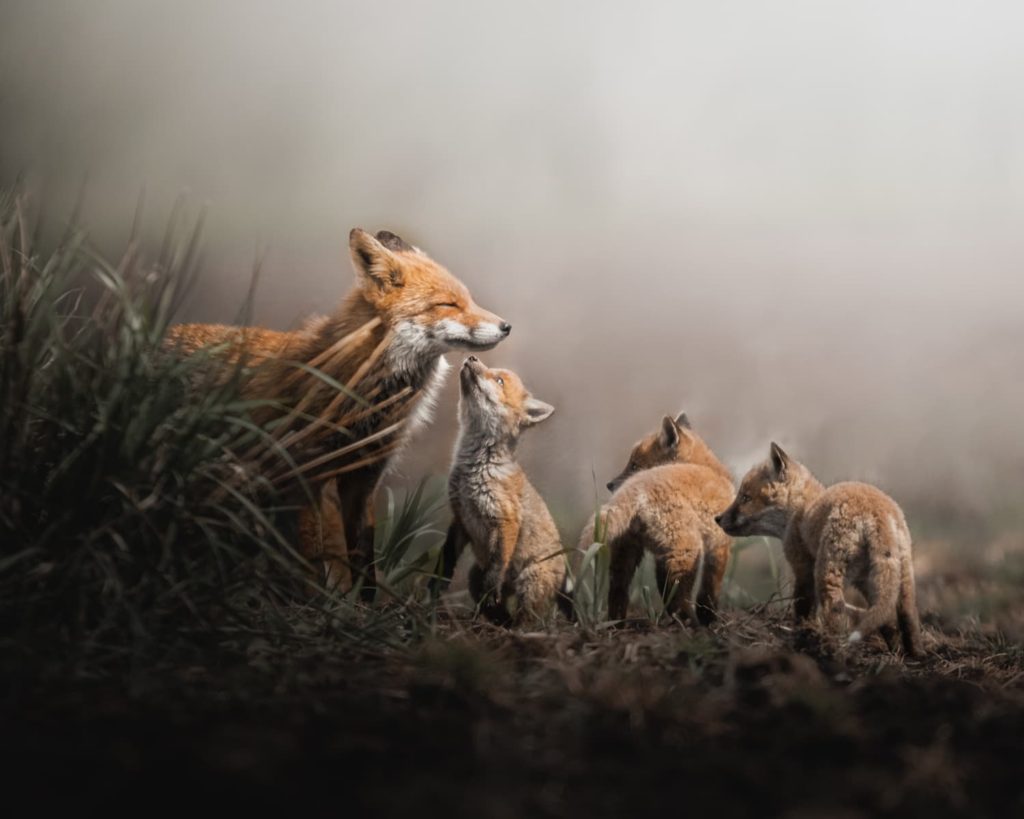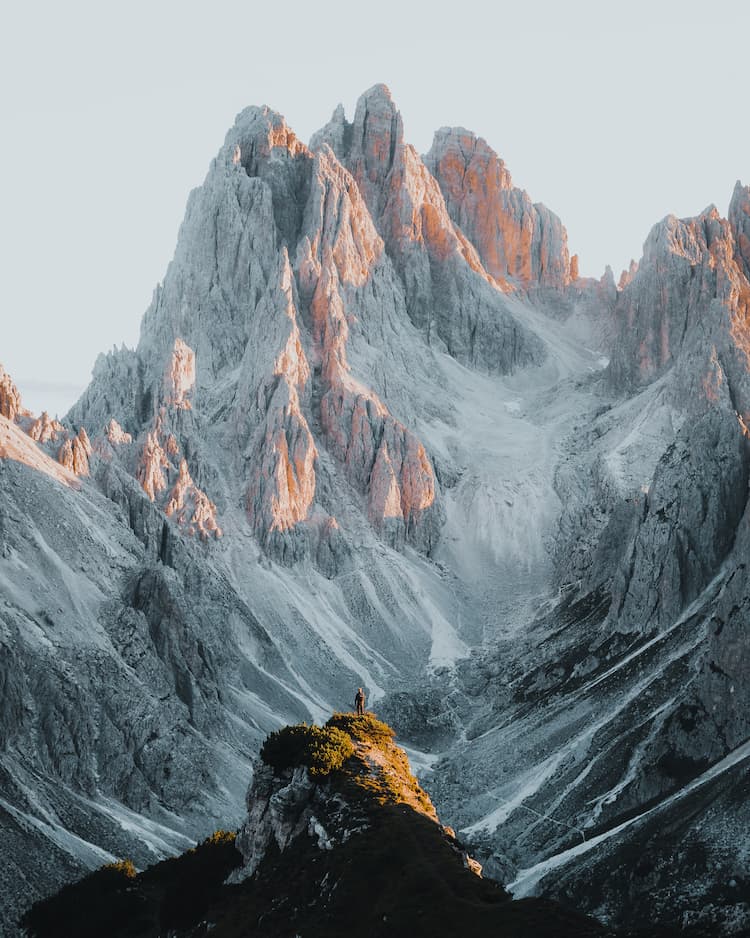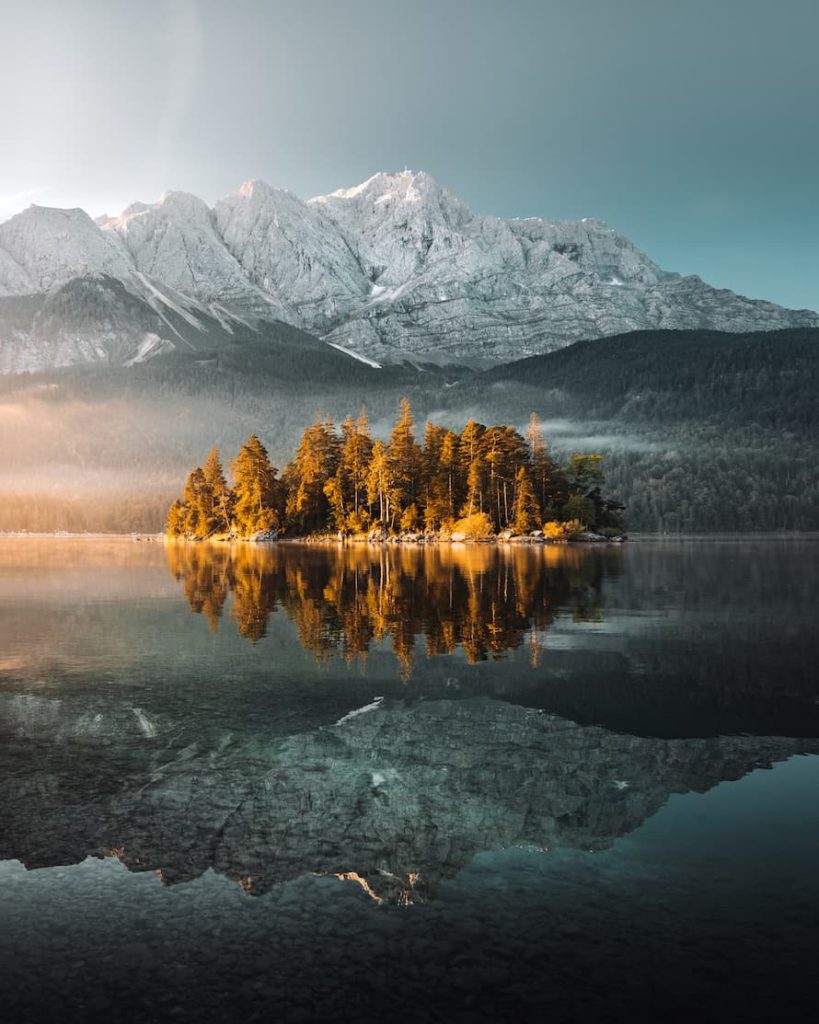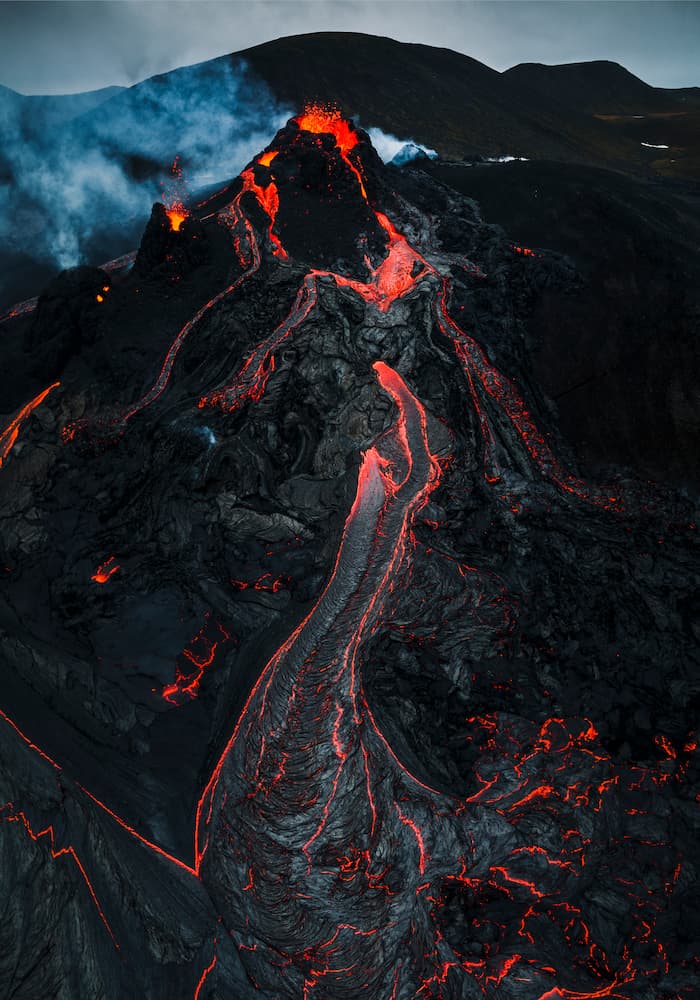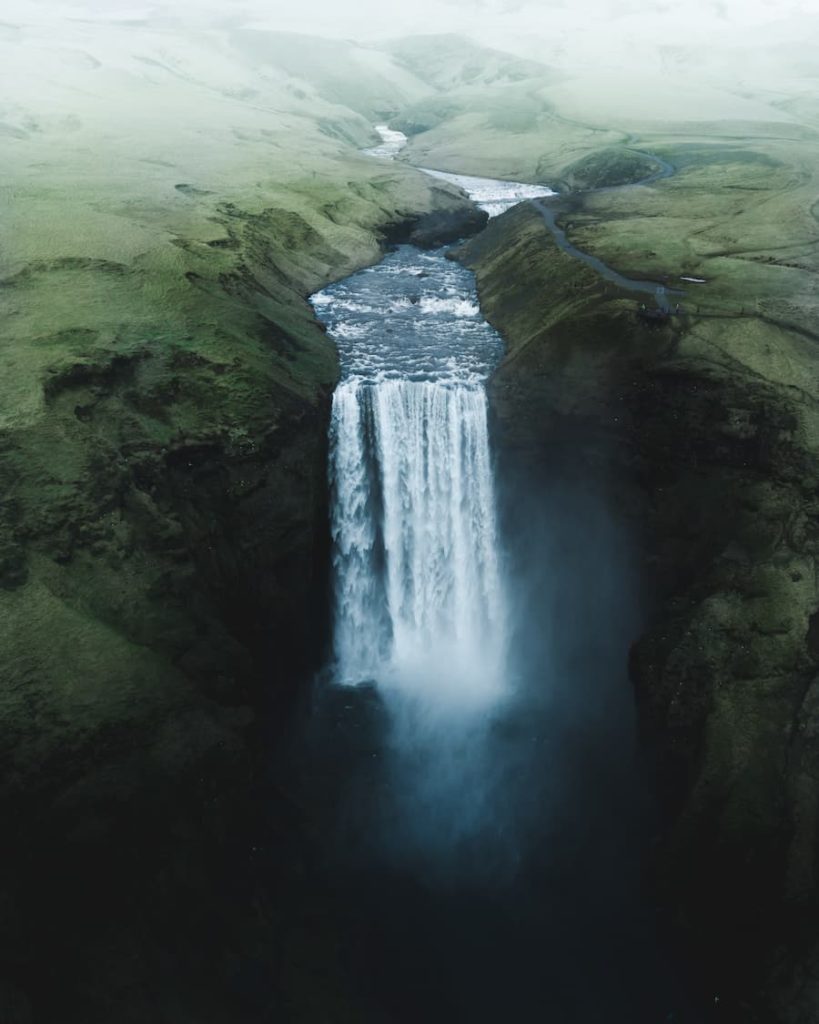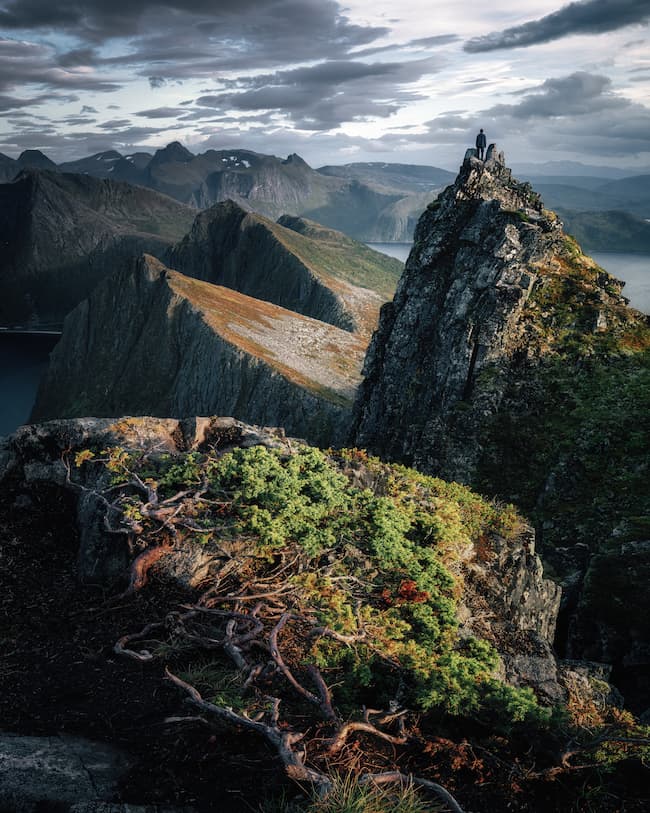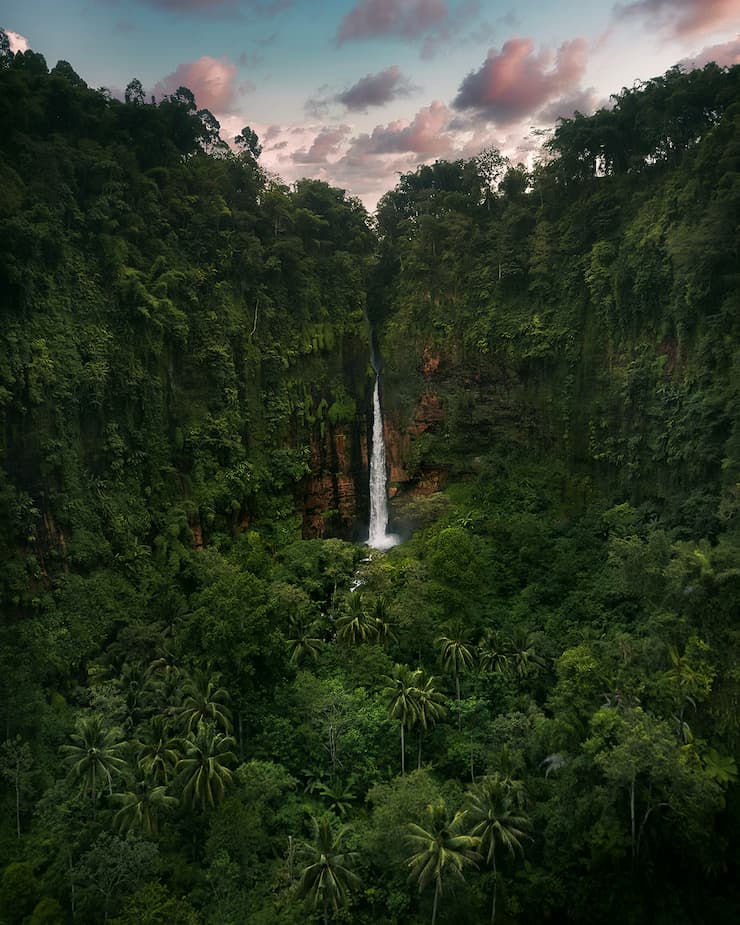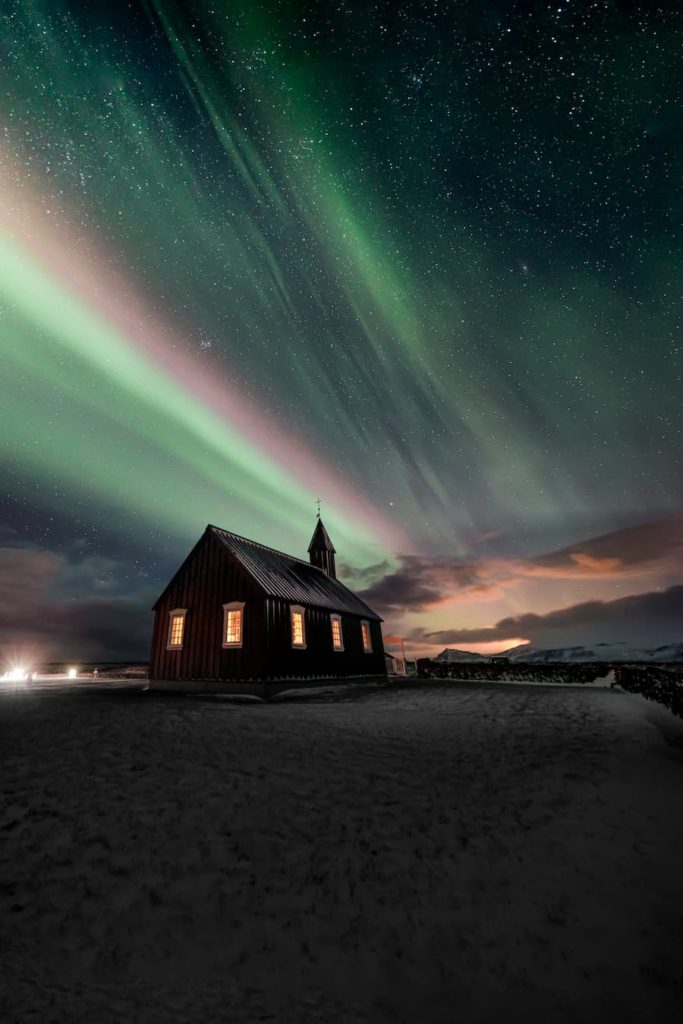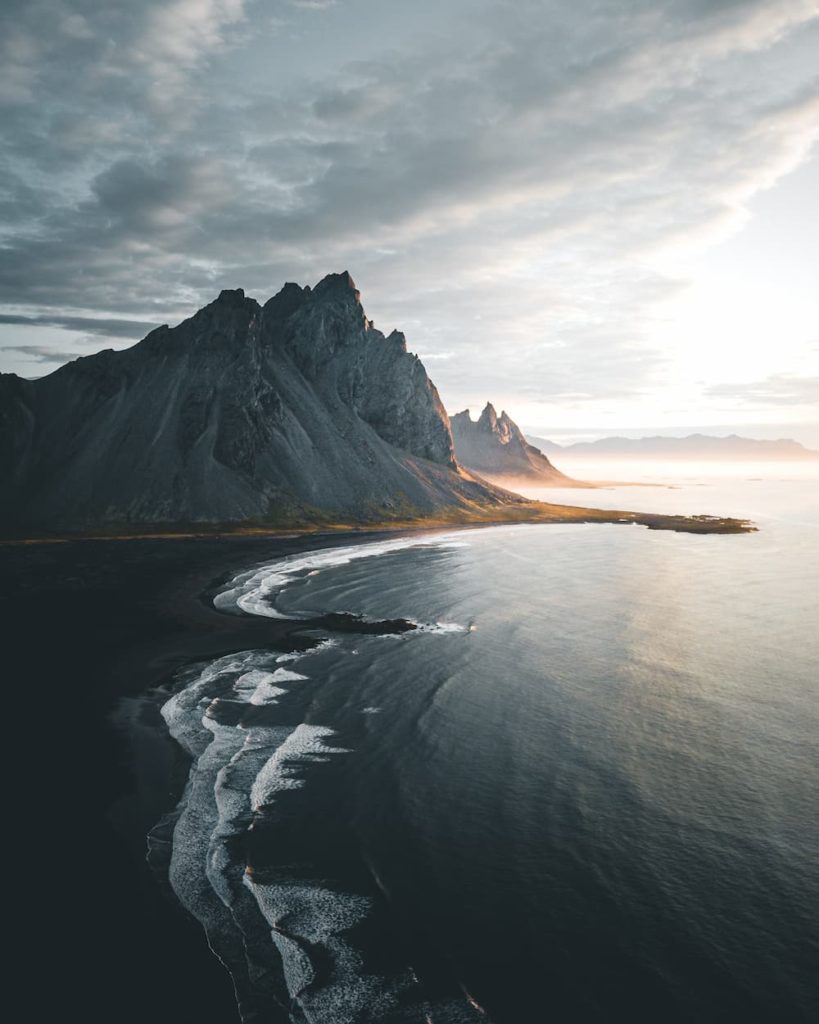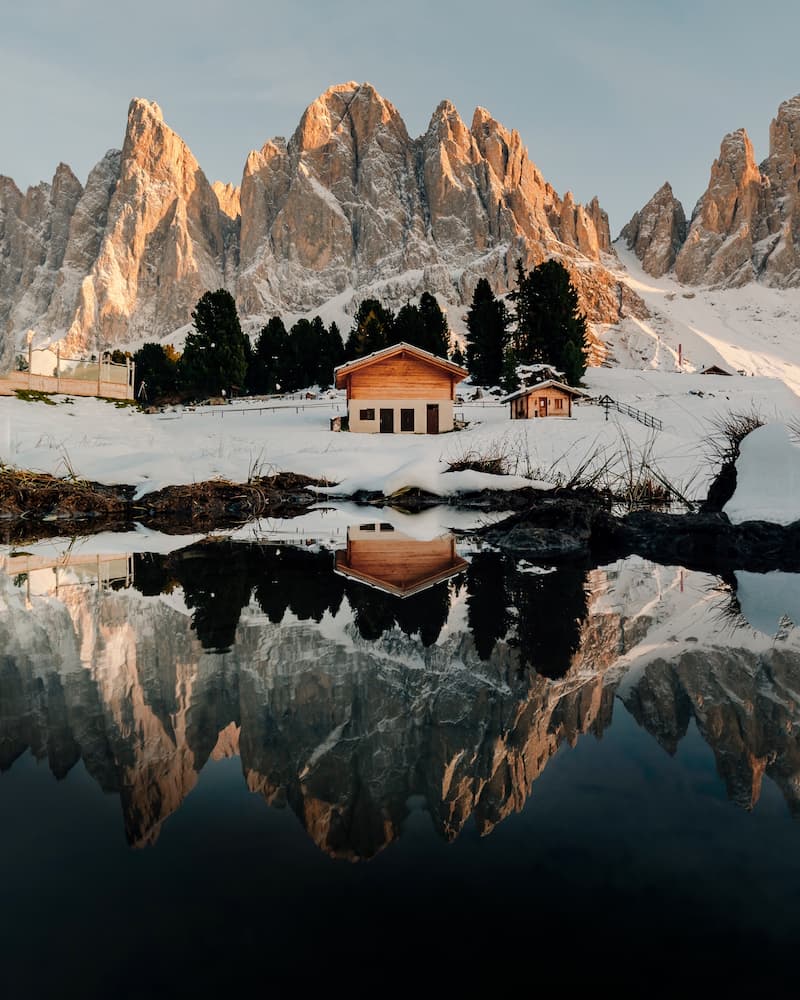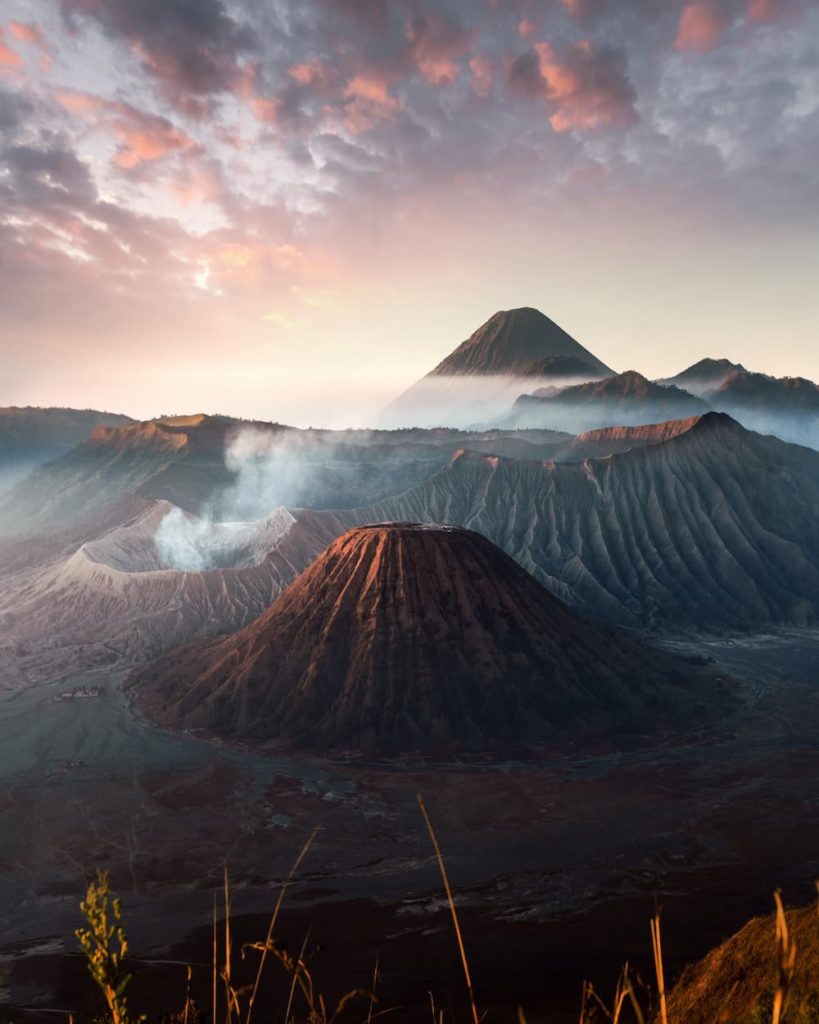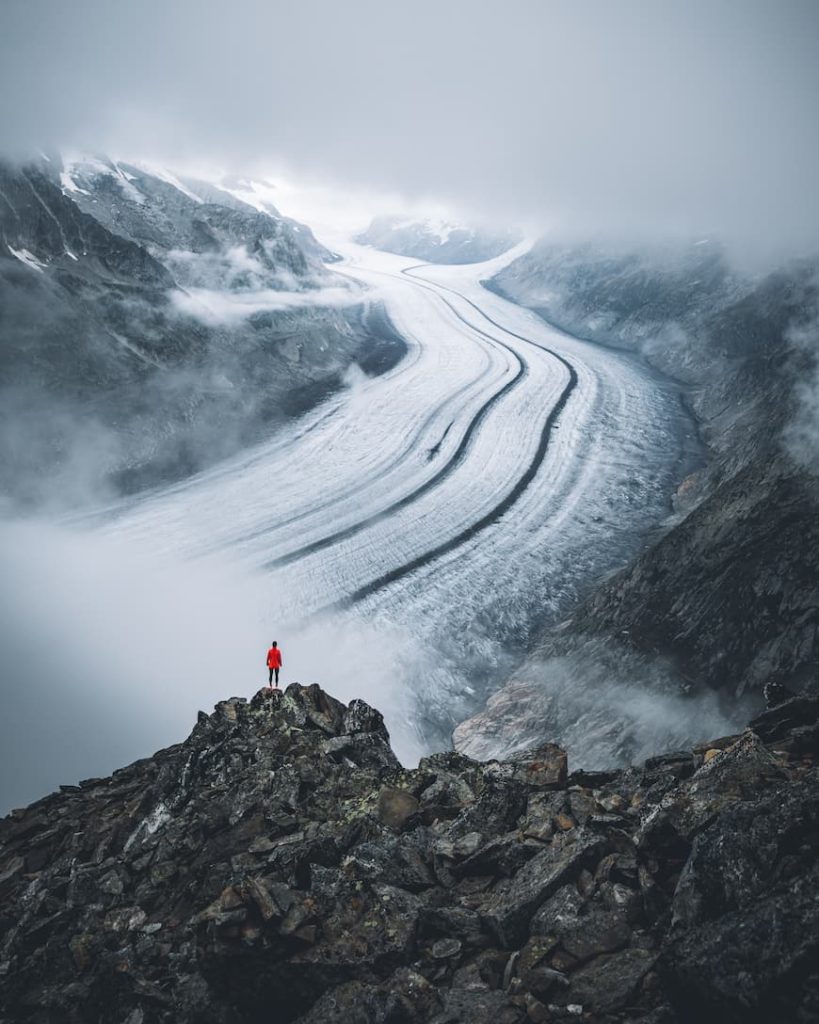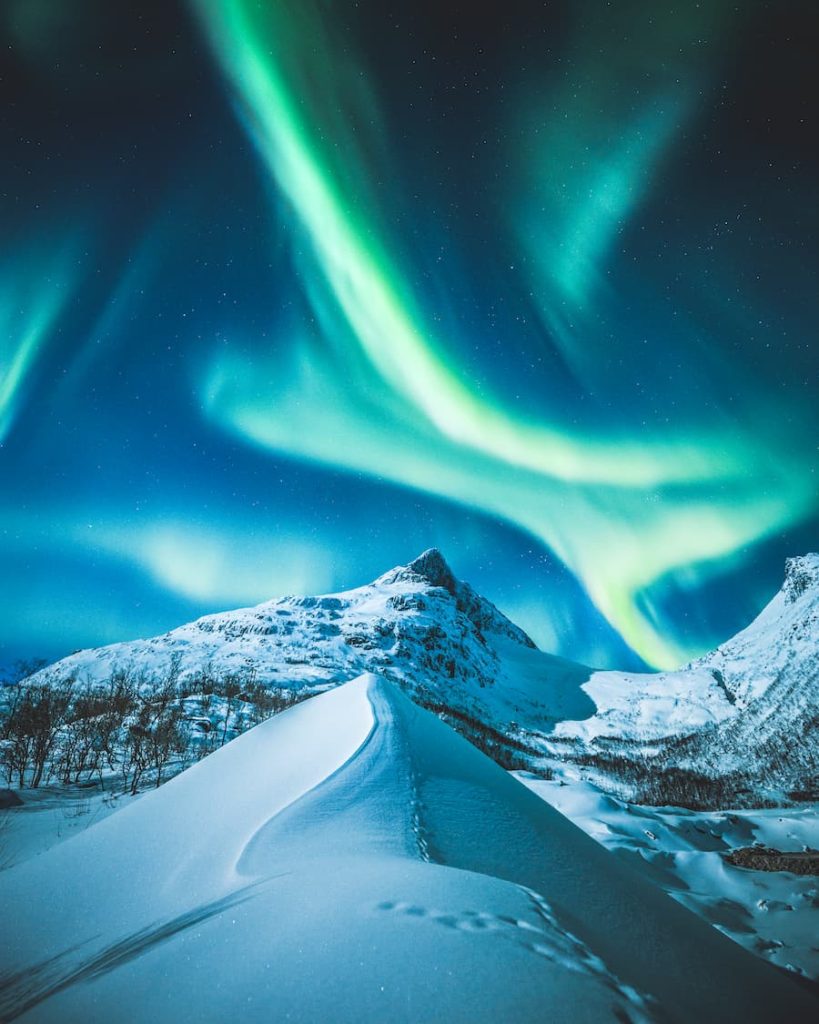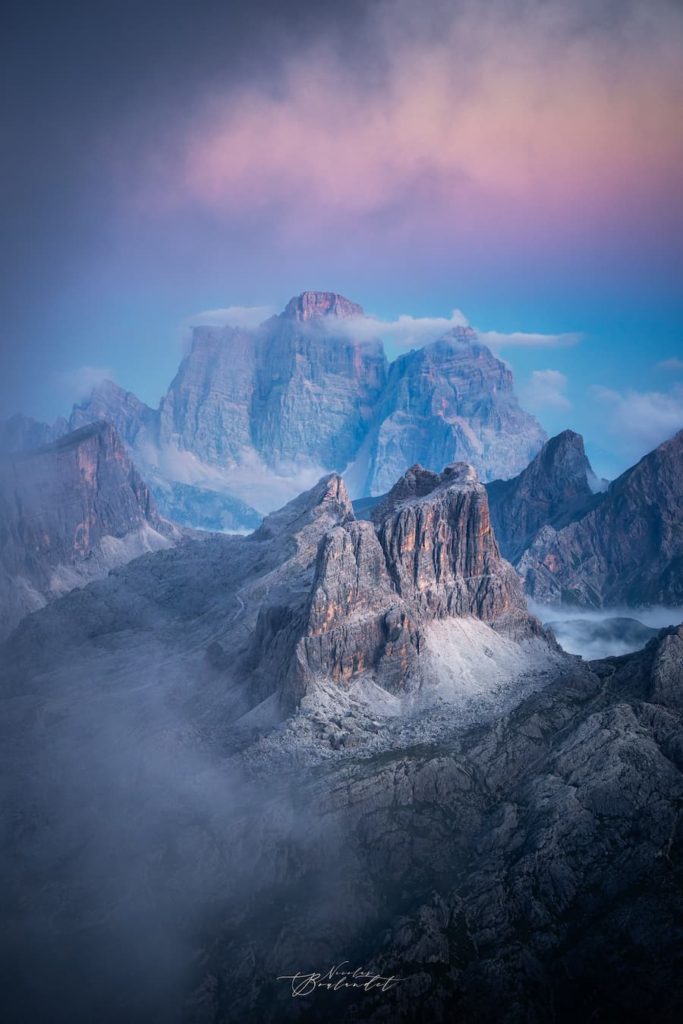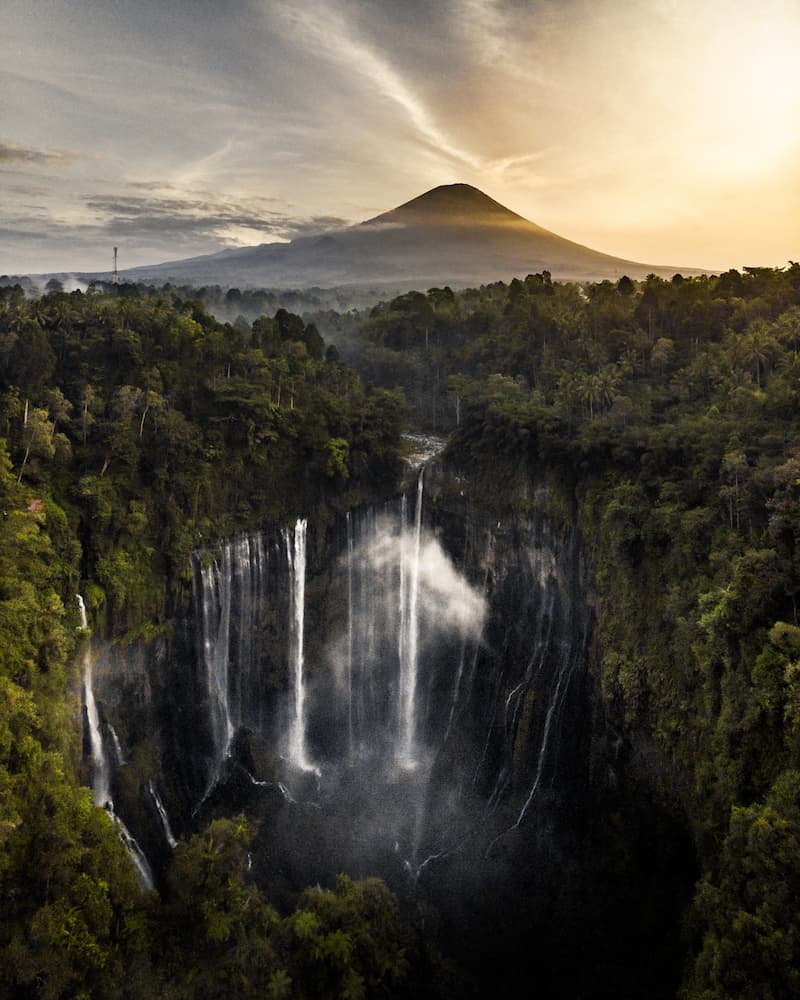
Freaksplace
@freaksplace_de
Best of the week 50 at #nomadict 2021
Since childhood, skiing in winter or hiking in summer in the mountains has been the most beautiful and relaxing thing to do in my free time. Being in nature has continued to be a priority for me in my adult life and nowadays, photography and traveling are an important part of my work-life balance. It helps me to escape from everyday life, set my own priorities, discover the world from different perspectives, and make the hidden visible.
"My wife loves the outdoors as much as I do and so every year, we go on a road trip."
This year we chose to travel to South Tyrol in September. We decided on South Tyrol because we hadn’t been there before and the mountains and landscapes that Mother Nature created there are so surreal – Perfect for my passion for landscape and astrophotography.
This area of the winning shot is called Alpe di Siusi, which was one of my focus points on the trip. We stayed there for three days so that I had enough time to get good conditions and to get to know the area by hiking. On the second day, I got up early to get to the spot. My goal was to photograph the sunrise with fog in the valley, as the weather conditions were almost perfect. Since I have the visual result in mind when planning at the beginning, I have to admit that I was mainly concentrated on the Milky Way and that is unfortunately only visible over the mountain range in spring. Hence, that was not an option for this spot on my trip.
However, when I was on the way to the spot, I orientated myself to the sky during the drive and could hardly believe that the Orion constellation was rising directly over the mountain. After I was annoyed with myself for a moment that I hadn’t looked at all the star constellations for the spot and so I didn’t feel well-prepared, I grabbed my equipment and ran to the spot as quickly as possible to get the last outlines of the Orion in the twilight. The feeling of standing up there on the hill and looking into the foggy valley with the cozy huts and the two surreally shaped mountains was incredible and for me one of the most beautiful moments on our trip. The first light of the rising sun made the scene even more magical.
With this picture, I wanted to create a classic composition, to capture the hilly landscape as the foreground, the small huts as the middle distance, and the mountain range with the Orion as the background. When editing, I aimed to direct the gaze through the valley, past the huts and the fog to the mountain range. I first calculated the desired luminaire masks for the image in order to be able to proceed in a targeted manner when editing. I mainly use Photoshop and DXO to make specific adjustments to the individual elements in the image. Because the sky and the mountains were exposed separately to the foreground and the middle ground, I used Photoshop for blending and luminance masks to create a kind of dodge and burn. I also highlighted the huts, the fog, and the structure of the mountains and tried to keep the foreground dark so as not to distract the view.
"In the end, the most important thing is the color grading."
I use only three main colors in my day/night pictures so that it also fits into my profile, which I adjust using gradation curves or selective color corrections. In order to be able to direct the view better, I use a kind of vignetting, but in which I restore the lights again with luminance masks in the edge areas. To get the lights a little softer and brighter, I use a kind of Orton effect that I also use with luminance masks.
I am satisfied with the result, though next time I will make a plan B for each spot and invest more time in the planning in order to really get the most out of it. As I mentioned in my previous story with Nomadict, especially in night photography, you have to have the final result in mind at the very beginning, because you photograph things that you cannot see directly and when you recognize it on the camera minutes later you may not have the time to adapt accordingly. Therefore, planning and a structured approach, as well as imagining the final image in your head, are the first step towards astrophotography. Luckily, this time due to my experience and speed, I still got a photograph of a beautiful star constellation above a breathtaking landscape.
I decided to include even more deep-sky objects or star constellations such as Orion or the Big Dipper in classic landscape photography for 2022. There are still so many treasures to capture at the already overcrowded photo spots; chances to create unique images and make the invisible visible for the human eye!
If you are interested in astrophotography, I recommend reading my previous story in which I share a lot more about astrophotography, including tips that can help you further.
Would you like content like this sent to your inbox?
BEST OF THE WEEK JUNE 2021
BEST OF THE WEEK MAY 2021
BEST OF THE WEEK APRIL 2021
BEST OF THE WEEK MARCH 2021
BEST OF THE WEEK FEBRUARY 2021
BEST OF THE WEEK JANUARY 2021
NOMADICT
ART GALLERY
THE LATEST STORIES
WRITEN WITH PASSION TO INSPIRE YOU
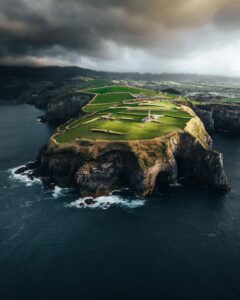
Photo tour in Azores, Portugal
Join us in the Azores for a unique photo tour, where you’ll elevate your creative skills with expert guidance from Ronald Soethje, Bruno Ázera, and Nomadict.
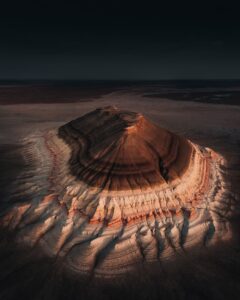
Forest Kai (@forest1kai): Photographer based in the US
In this article, Forest shares how years of chasing scale, silence, and raw landscapes shaped his approach to photography, from the deserts of Kazakhstan to the volcanic ridges of Iceland. He talks about how he uses light, texture, and vast negative space to create images that feel both intimate and overwhelming.
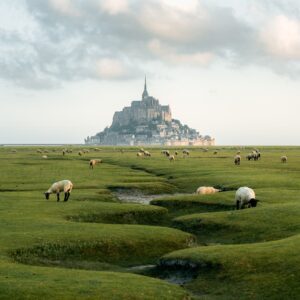
Simon Hechtbauer (@roamwithsimon): Best of the Week 32 at #nomadict
Simon shares the journey behind his photography, from early inspirations to field techniques, editing, and the story of the winning shot that shaped his path.

Miroslav Maršík (@miromarsik): Photographer based in Czech Republic
In this article, Miro shares how his love for cinematic music evolved into a deep passion for photography and how he uses light, color, and atmosphere to turn the streets of Prague into living film scenes.

Aurora photography panorama workflow: A guide to camera settings, editing, and color
In this article, Stefanie reveals how her background in physics sparked her passion for astrophotography and how she blends science with creativity to capture the beauty of the night sky. Readers will discover her approach to color, contrast, and editing, as well as her aurora photography workflow.

Yhabril (@yhabril): Best of the Week 33 at #nomadict
Spanish photographer Yhabril captures the profound connection between humans and the mountains that shaped him. Growing up in the Pyrenees, his work bridges outdoor sports, landscapes, and celestial scenes — often blending athletes, moonlight, and wilderness into striking visual stories.

Ariane Totzke (@besondersschwierig): Photographer based in Switzerland
In this article, Ariane shares how photography helped her navigate personal challenges, connect authentically with people and animals, and develop a philosophy rooted in empathy and artistic freedom. Readers will also discover her ethical approach to wildlife photography and her trusted equipment for both camouflage techniques and cameras.

How to photograph Dutch tulip fields: A guide to light, gear, composition, and colors
Discover how to photograph Dutch tulip fields in their most magical light. From choosing the right gear and lenses to mastering composition, color, and aerial perspectives, this guide shares creative techniques to capture the beauty of the Netherlands’ tulips. Learn how light, color grading, and proportion bring emotion into every frame.
